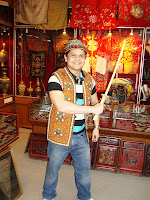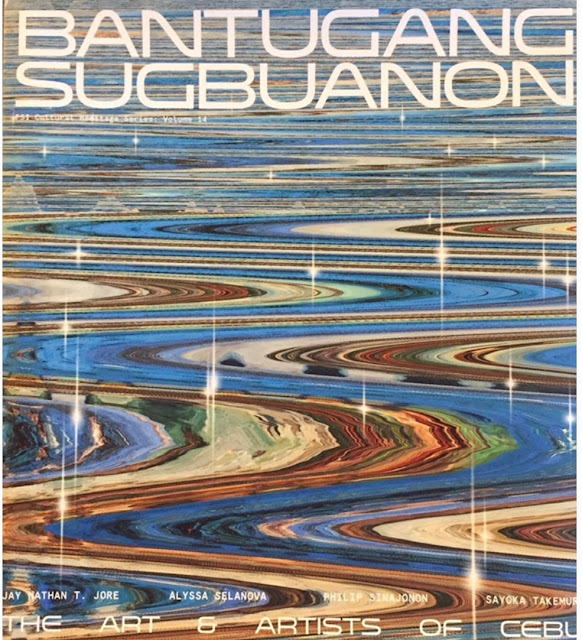Nepal's UNESCO World Heritage Site
 Protected as a UNESCO World Heritage Site, Durbar Square is the religious and social heart of Kathmandu's old city, the square is presently known as Hanuman Dhoka, a name derived from the statue of Hanuman, the monkey devotee of Lord Ram, near the entrance of the palace. It is a complex of palaces, temples, shrines, statues and courtyards which were built between the 12th and 18th centuries by the ancient kings of Nepal. The square is a queer assortment of the old and the new - elaborately carved architectural features and curving roofs provide shelter for cows, beggars and weary tourists.
Protected as a UNESCO World Heritage Site, Durbar Square is the religious and social heart of Kathmandu's old city, the square is presently known as Hanuman Dhoka, a name derived from the statue of Hanuman, the monkey devotee of Lord Ram, near the entrance of the palace. It is a complex of palaces, temples, shrines, statues and courtyards which were built between the 12th and 18th centuries by the ancient kings of Nepal. The square is a queer assortment of the old and the new - elaborately carved architectural features and curving roofs provide shelter for cows, beggars and weary tourists.
Brahman priests and painted Sadhus perform rituals and pose for photos, while souven ir sellers and rickshaw drivers compete for attention among the crowds. Stone lions guard the gates to the Old Royal Palace that contains a number of courtyards and several museums. Set into the palace wall is a 17th-century stone inscription written in 15 languages; it is believed that milk will flow from the spout below if anyone deciphers the entire inscription. On the other side of the square, the Kasthamandap temple is an open pavilion topped by a pyramidal tower, said to be created from the wood of a single tree. It is purportedly the Valley's oldest building, and the city of Kathmandu derives its name from this ancient temple.
ir sellers and rickshaw drivers compete for attention among the crowds. Stone lions guard the gates to the Old Royal Palace that contains a number of courtyards and several museums. Set into the palace wall is a 17th-century stone inscription written in 15 languages; it is believed that milk will flow from the spout below if anyone deciphers the entire inscription. On the other side of the square, the Kasthamandap temple is an open pavilion topped by a pyramidal tower, said to be created from the wood of a single tree. It is purportedly the Valley's oldest building, and the city of Kathmandu derives its name from this ancient temple.
 ir sellers and rickshaw drivers compete for attention among the crowds. Stone lions guard the gates to the Old Royal Palace that contains a number of courtyards and several museums. Set into the palace wall is a 17th-century stone inscription written in 15 languages; it is believed that milk will flow from the spout below if anyone deciphers the entire inscription. On the other side of the square, the Kasthamandap temple is an open pavilion topped by a pyramidal tower, said to be created from the wood of a single tree. It is purportedly the Valley's oldest building, and the city of Kathmandu derives its name from this ancient temple.
ir sellers and rickshaw drivers compete for attention among the crowds. Stone lions guard the gates to the Old Royal Palace that contains a number of courtyards and several museums. Set into the palace wall is a 17th-century stone inscription written in 15 languages; it is believed that milk will flow from the spout below if anyone deciphers the entire inscription. On the other side of the square, the Kasthamandap temple is an open pavilion topped by a pyramidal tower, said to be created from the wood of a single tree. It is purportedly the Valley's oldest building, and the city of Kathmandu derives its name from this ancient temple. 





